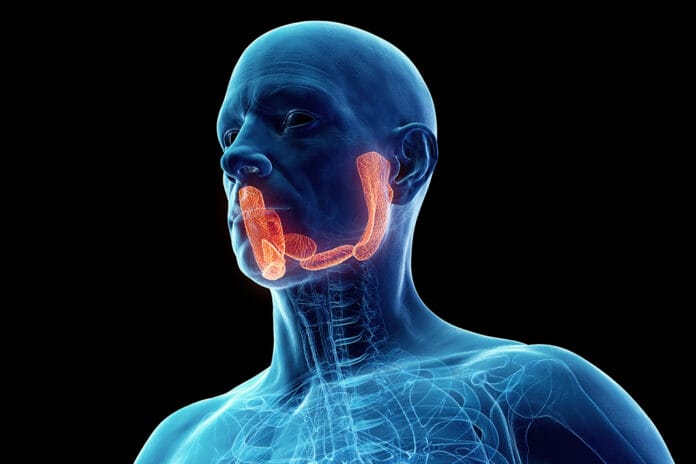It is well understood among dental professionals that the risk of periodontal disease increases with age. Epidemiologic studies have confirmed this, and the Centers for Disease Control and Prevention states, “Periodontal disease increases with age, 70.1% of adults 65 years and older have periodontal disease.”1 Determining the factors contributing to this increased incidence of periodontal disease among the older adult population is paramount in reducing, when possible, and recognizing factors that contribute to disease onset and progression.
A recent study titled “Salivary Human β-Defensin 1-3 and Human α-Defensin-1 Levels in Relation to the Extent of Periodontal Disease and Tooth Loss in the Elderly” offers valuable insights into the relationship between salivary defensins and periodontal disease among older adults.2
The Study
Defensins, small antimicrobial peptides, play a crucial role in the innate immune response, providing a first line of defense against microbial invasion. In the oral cavity, human β-defensins (hBD) 1-3 and human neutrophil peptide (HNP)-1 are of particular interest. The study aimed to examine the levels of these defensins in the saliva of older adults and establish a correlation between the extent of periodontal disease and tooth loss.2
The study included 175 individuals aged 65 years and over, divided into five groups, a control group with generalized probing depth (PD) 1-3mm, Perio A group with 1-6 teeth with PD > 4mm, Perio B group with 7-13 teeth with PD > 4mm, Perio C group with at least 14 teeth with PD > 4mm, and lastly a group of edentulous individuals. The researchers measured the salivary defensin levels in each group.2
Study Findings
The findings revealed that salivary HNP-1 levels were significantly higher in the groups with more teeth with higher PD compared to the control group. This association remained significant even after adjusting for age, gender, level of education, and the number of teeth.2
These findings underscore the potential role of salivary defensins as biomarkers for periodontal disease. Elevated levels of HNP-1 in saliva could indicate a heightened immune response to the presence of periodontal pathogens.2
However, it is important to understand that the interplay of the oral immune response is complex. This finding should not be considered the only factor contributing to periodontal disease onset and progression regarding immune response. Instead, it should be a consideration when determining contributing factors and treatment options, including the addition of salivary testing in periodontal screening and treatment.
In Summary
As dental hygienists, understanding these mechanisms can help us better assess the risk and progression of periodontal disease in our elderly patients. It also opens up potential avenues for new therapeutic strategies. For instance, modulating the levels of these defensins could be a novel approach to managing periodontal disease.
However, it’s important to note that while this study provides valuable insights, it’s just one piece of the puzzle. Periodontal disease is a multifactorial condition, and its progression in older adults can be influenced by a myriad of factors, including systemic health, medication use, and lifestyle habits. Therefore, a comprehensive approach to oral care remains paramount.
In conclusion, this study highlights the potential of salivary defensins as indicators of periodontal disease in the elderly. Staying abreast of such research can enhance our understanding of periodontal disease, ultimately improving the care we provide to our patients.
Before you leave, check out the Today’s RDH self-study CE courses. All courses are peer-reviewed and non-sponsored to focus solely on pure education. Click here now.
Listen to the Today’s RDH Dental Hygiene Podcast Below:
References
- Periodontal Disease. (2013, July 10). Centers for Disease Control and Prevention. https://www.cdc.gov/oralhealth/conditions/periodontal-disease.html
- Gürsoy, U.K., Gürsoy, M., Liukkonen, A., et al. 2023. Salivary Human β-Defensin 1-3 and Human α-Defensin-1 Levels in Relation to the Extent of Periodontal Disease and Tooth Loss in the Elderly.Journal of Clinical Medicine. 2023;12(3): 976. https://doi.org/10.3390/jcm12030976










